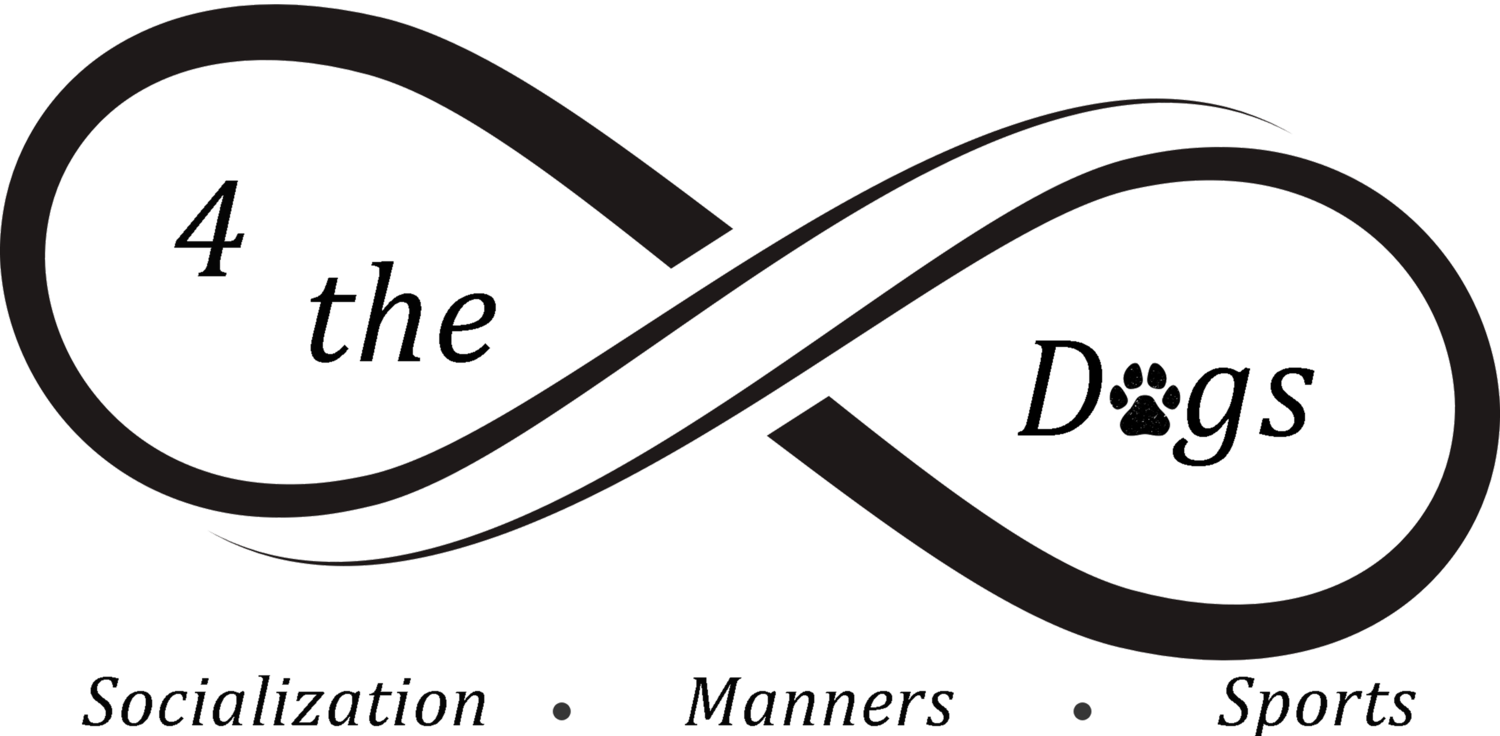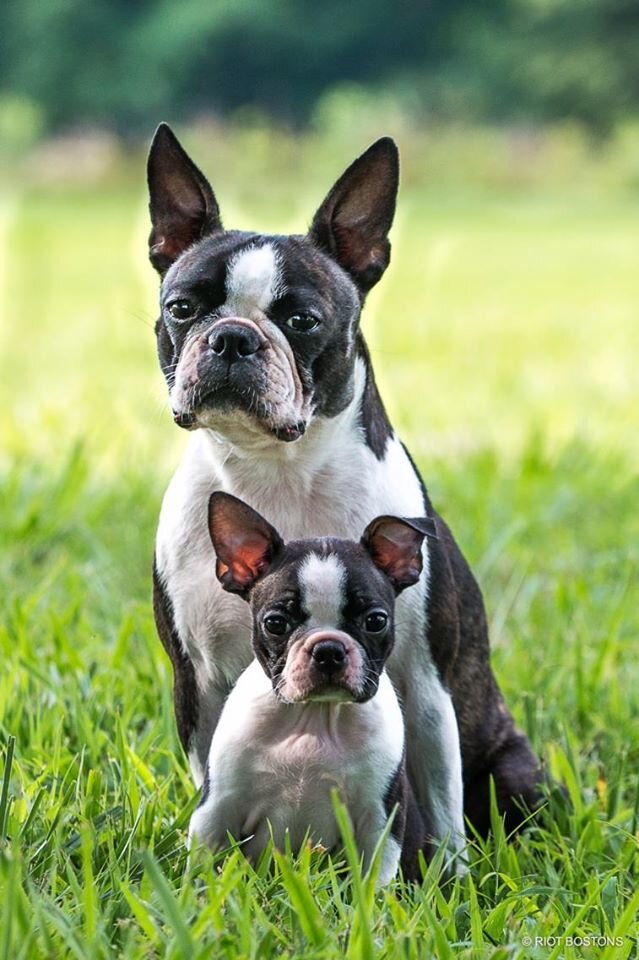Dogs and humans are both animals who learn by watching. When we are children and young adults, we watch those around us. Our parents, teachers, friends, and family teach us what is appropriate - and sometimes what is not. Today we will look at when socialization actually begins and how we can continue on with the canine socialization process.
A puppy’s mother begins to teach them about conflict resolution when she weans them. Most mothers will simply run away from their puppies or move to higher ground when they no longer wish to nurse them. They do not growl or bite the pups. Most have a neutral or sometimes playful body language. You can see an example of this by watching Lava with her 5 week old puppies.
As the puppies spend their first 8-12 weeks with their littermates and mom, they start to learn how the canine part of society expects them to behave. They may even be introduced to a few other adults or puppies who also are there to teach them important life skills. However, these interactions should be thought out and planned for.
Puppies should be allowed interact with appropriate adult dogs and other puppies to learn social behavior. Adults and young dogs who are unknown or who do not behave appropriately should not be used to socialize the puppies. It should also be noted that these dogs are not there to ‘baby sit the puppy’ and interactions should be supervised and ended if the older dog (or puppy) is trying to escape the situation and the other playmate(s) are not allowing them to walk away.
This rule continues after you bring your puppy is part of your home. Play-date members should be screened ahead of time and should be of appropriate size, strength, and energy for your puppy. A mis-match in puppy energies or style could lead to one puppy feeling overwhelmed by the others and becoming insecure in canine groups.
As your dog gets older and becomes more confident, you may further diversify their play group. However, you should avoid putting the pup with a dog who will overpower them right from the beginning.
The flip side is also a concern. If your puppy is always the pushy/bossy one, they may learn to expect that future playmates will let them “win” also. A balanced play partner match where both puppies can “win” sometimes is of great benefit to your puppy’s social development.
Consider the same situation as if these were human toddlers. If one was always taking the toys from everyone else, or if one was always having his toys taken, we would intervene and try to make things more equitable. The same is true with dogs. Keep an eye on them and intervene if things get too one-sided.
If you have other animals the dog will interact with, you may want to also set up interaction with those animals based on HOW the interaction will occur. Will the dog play with cats? Will it snuggle with your rats? Will it be expected to leave the reptile habitat alone? Think about this and plan your socialization based on the outcome that you desire.
In our next post, we will discuss socializing with humans.






